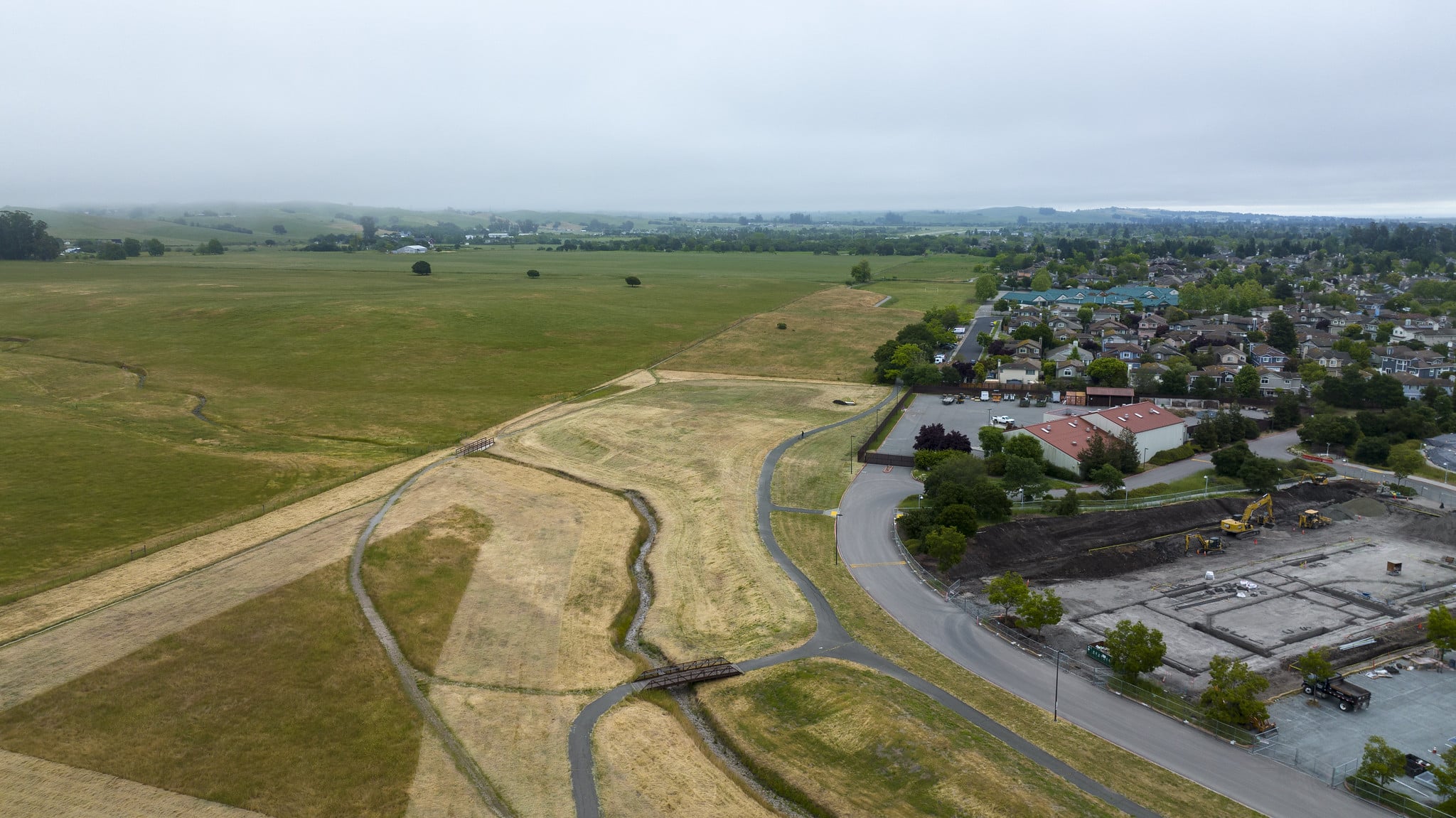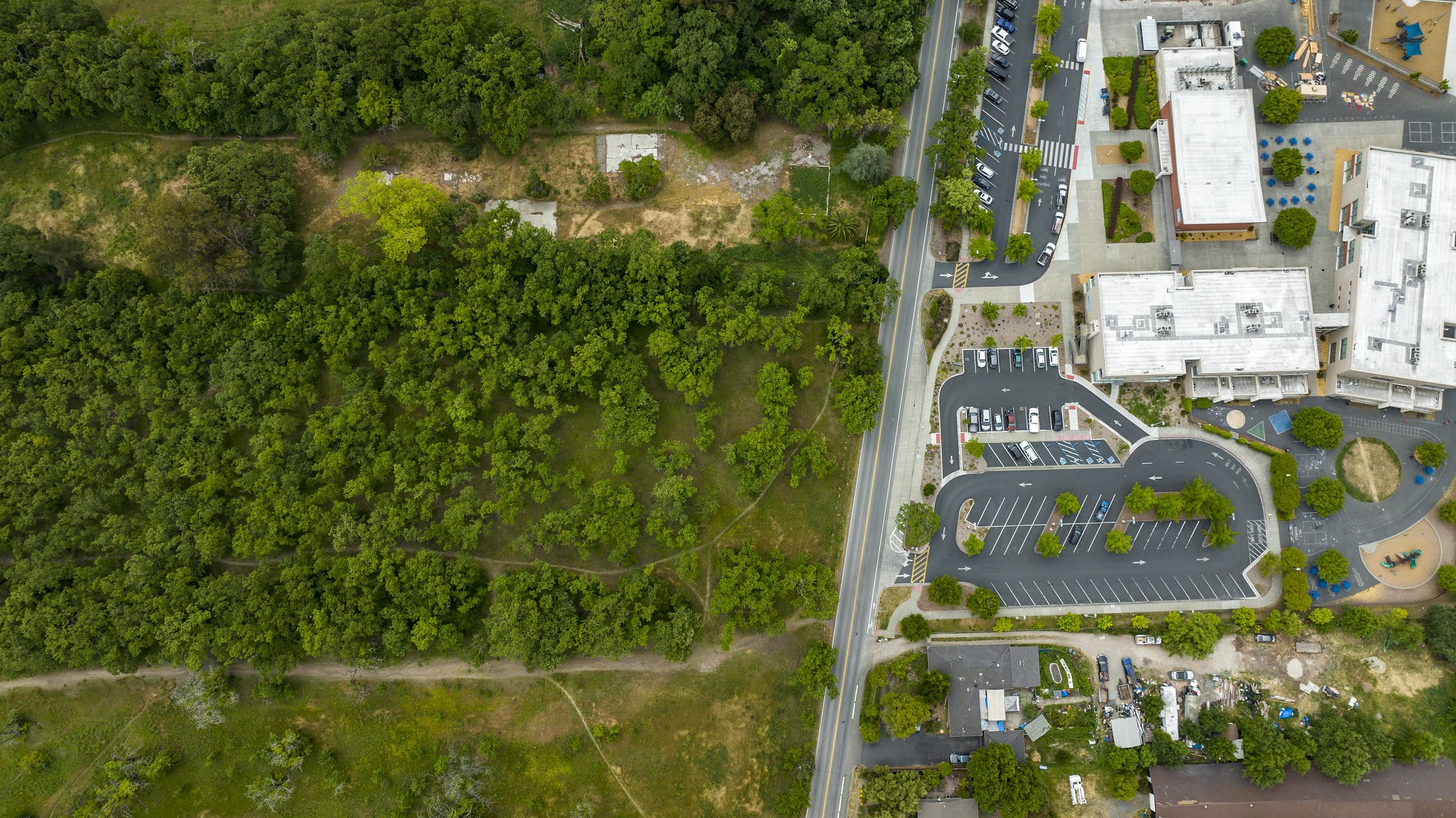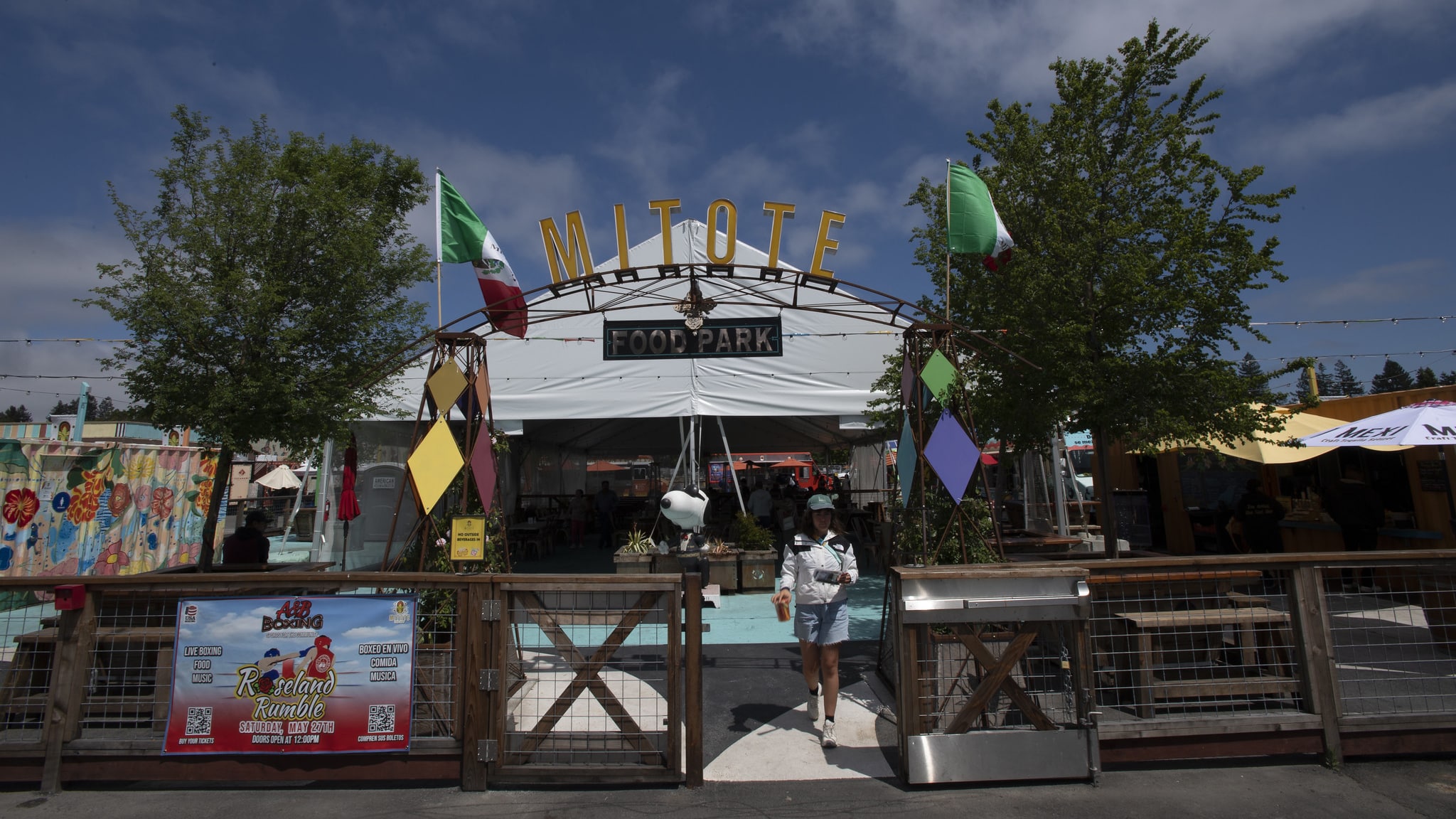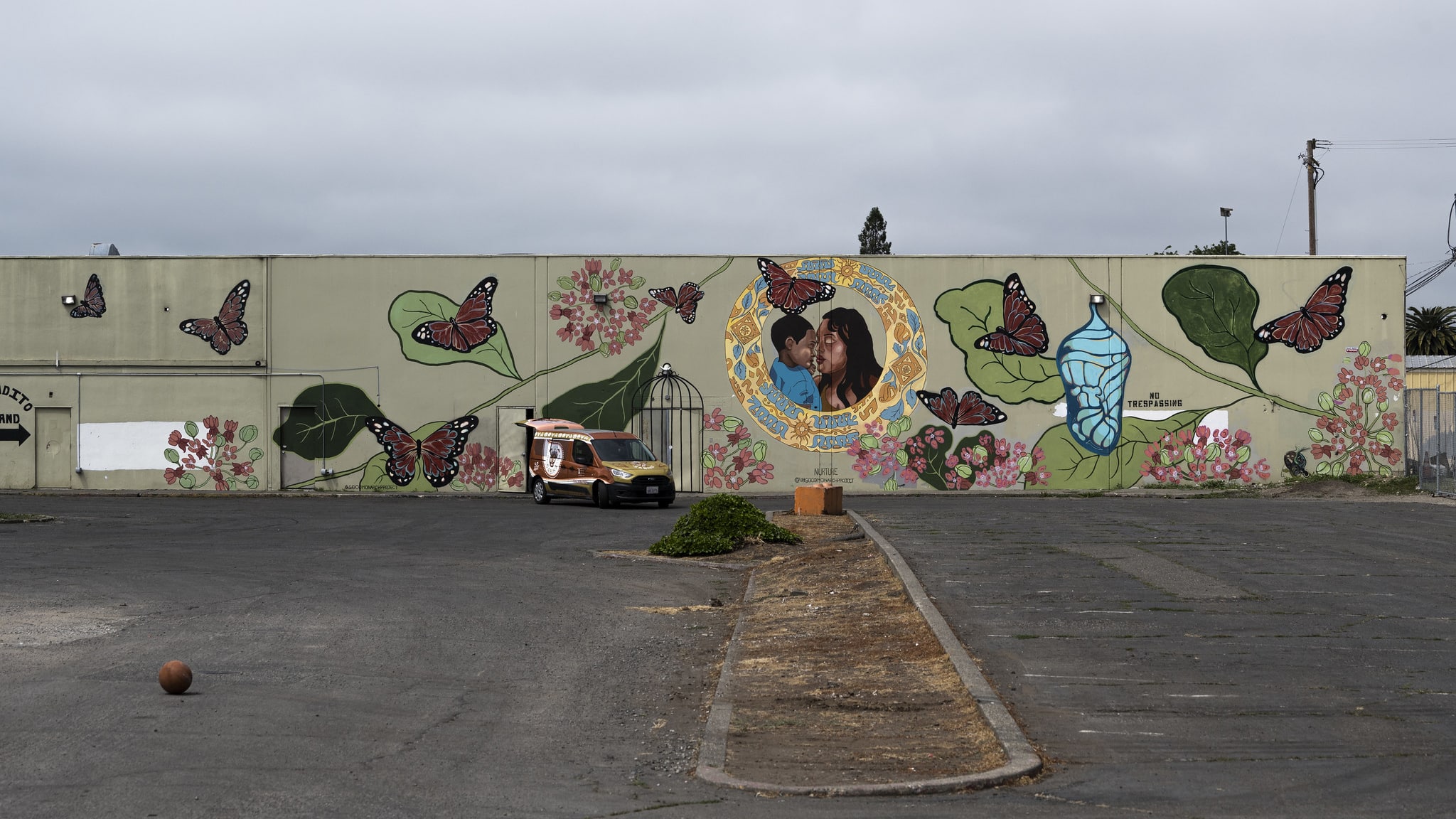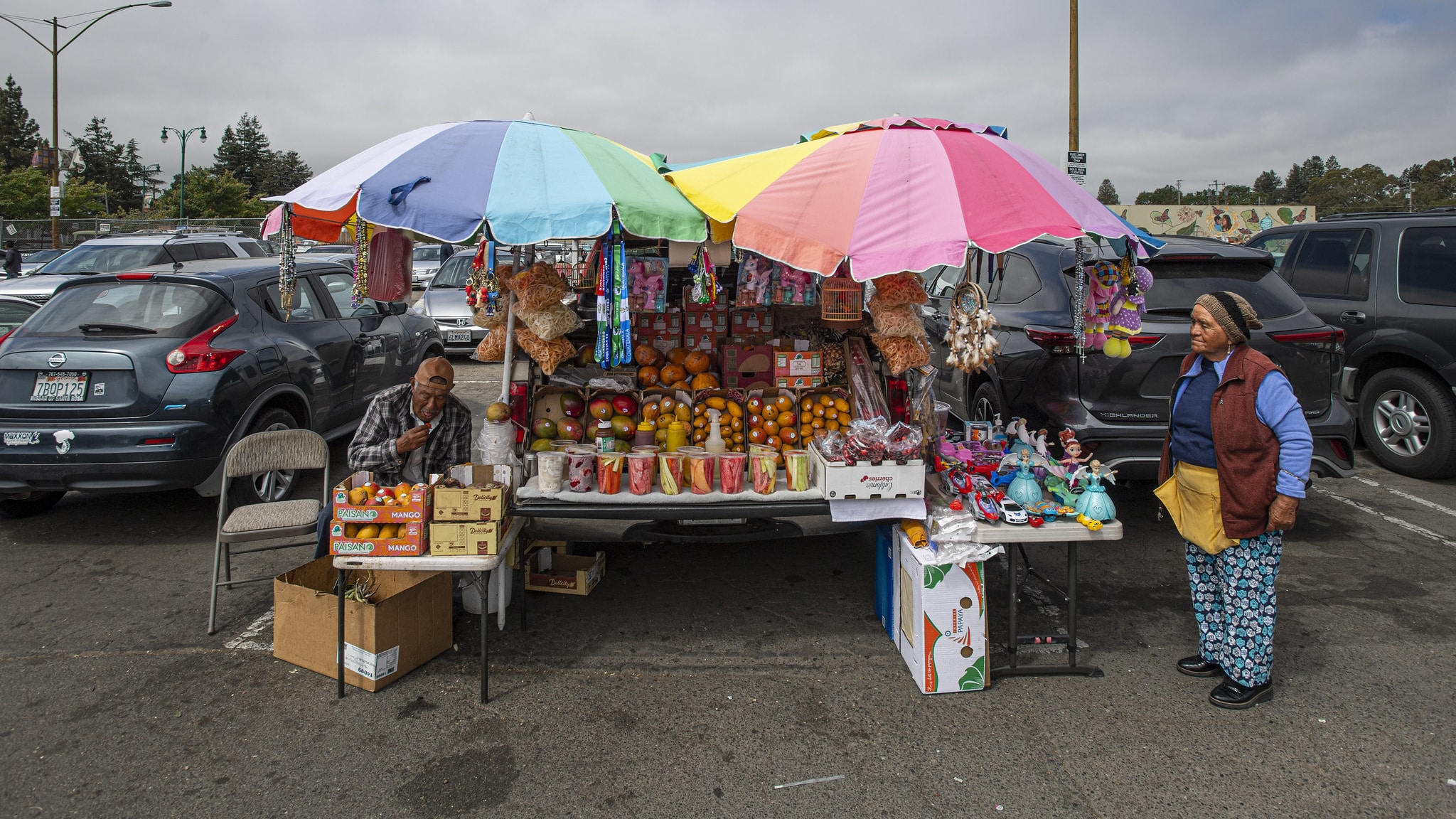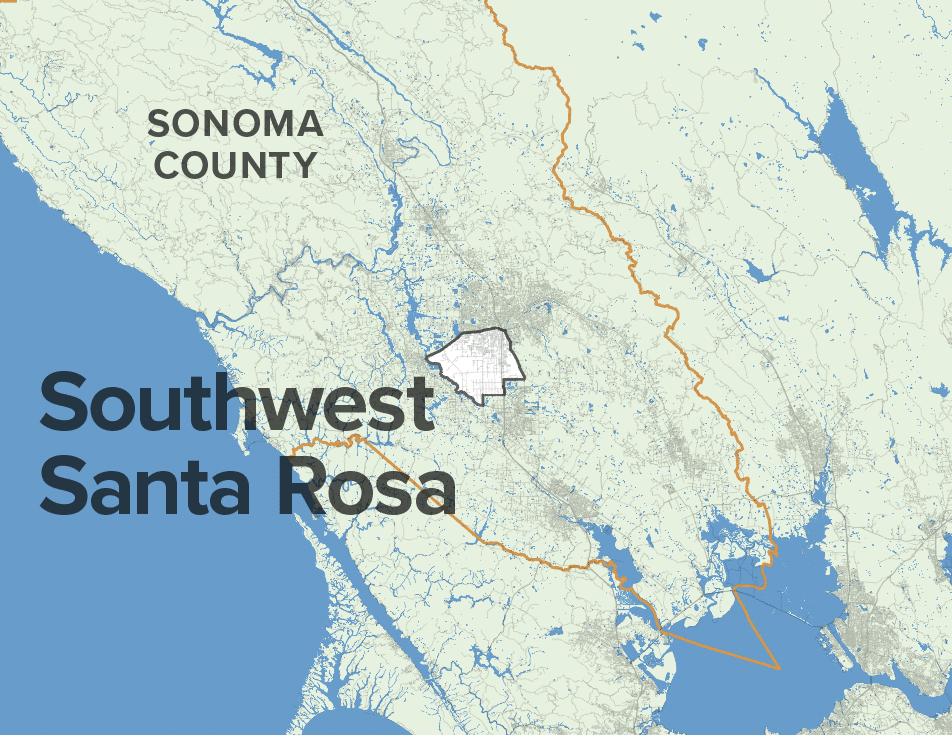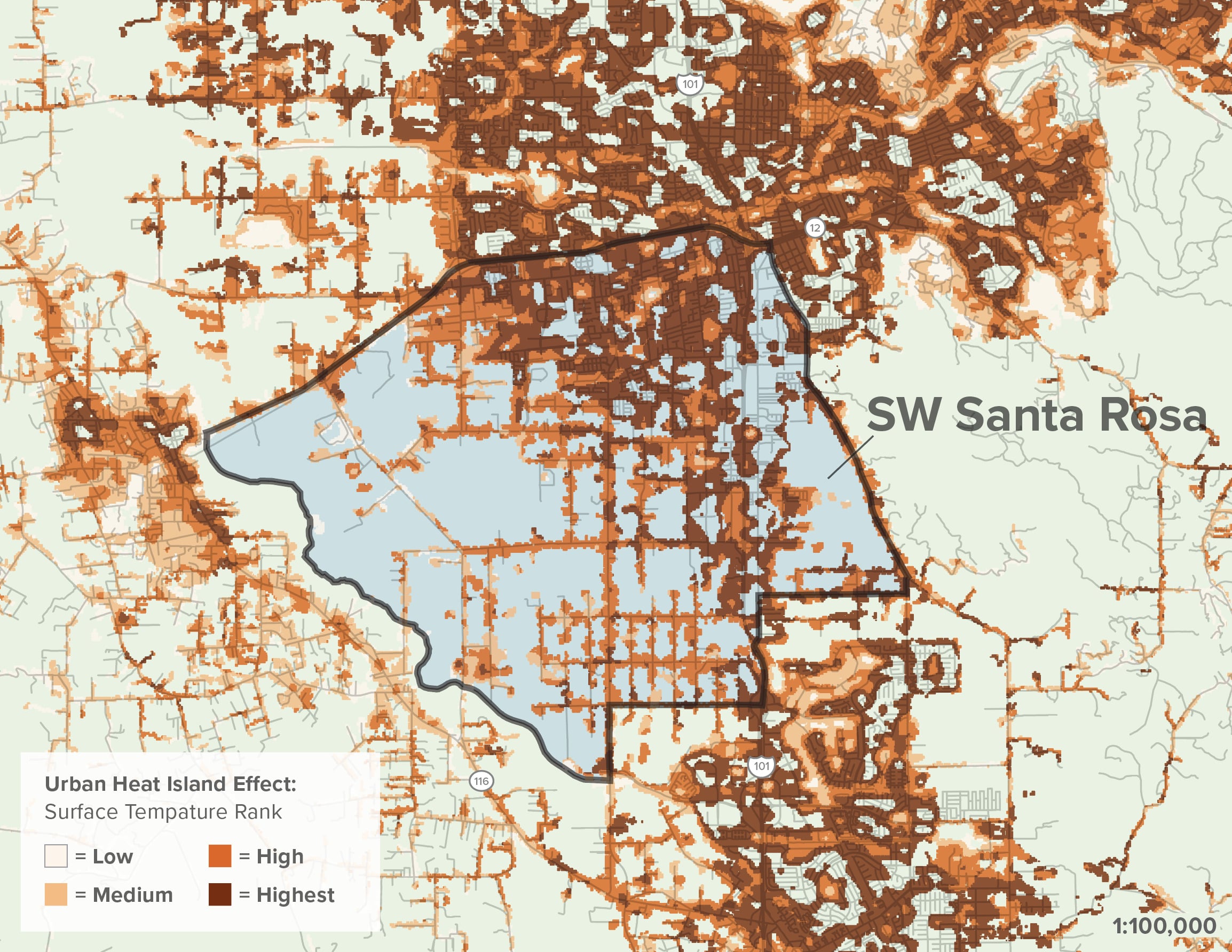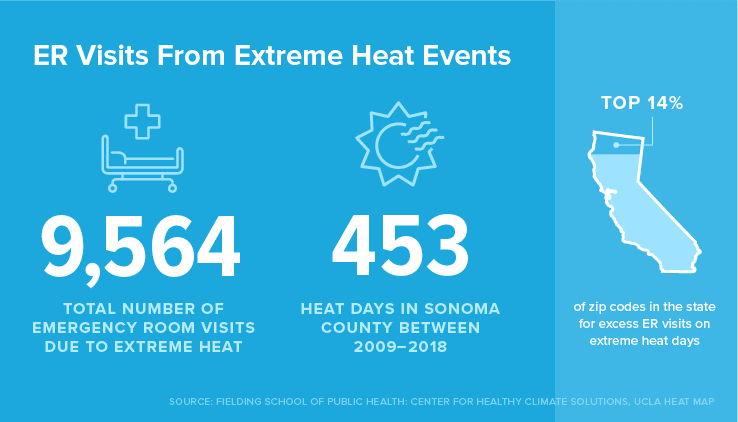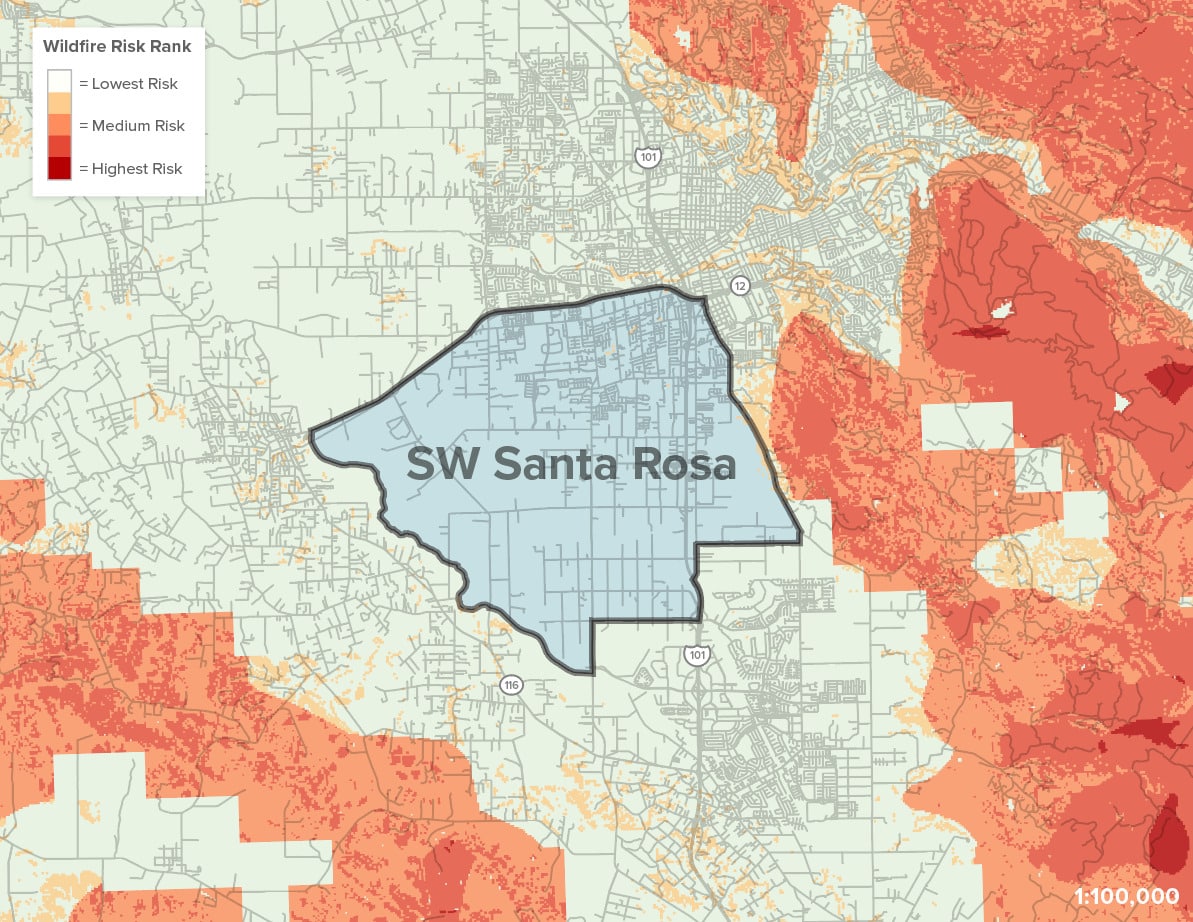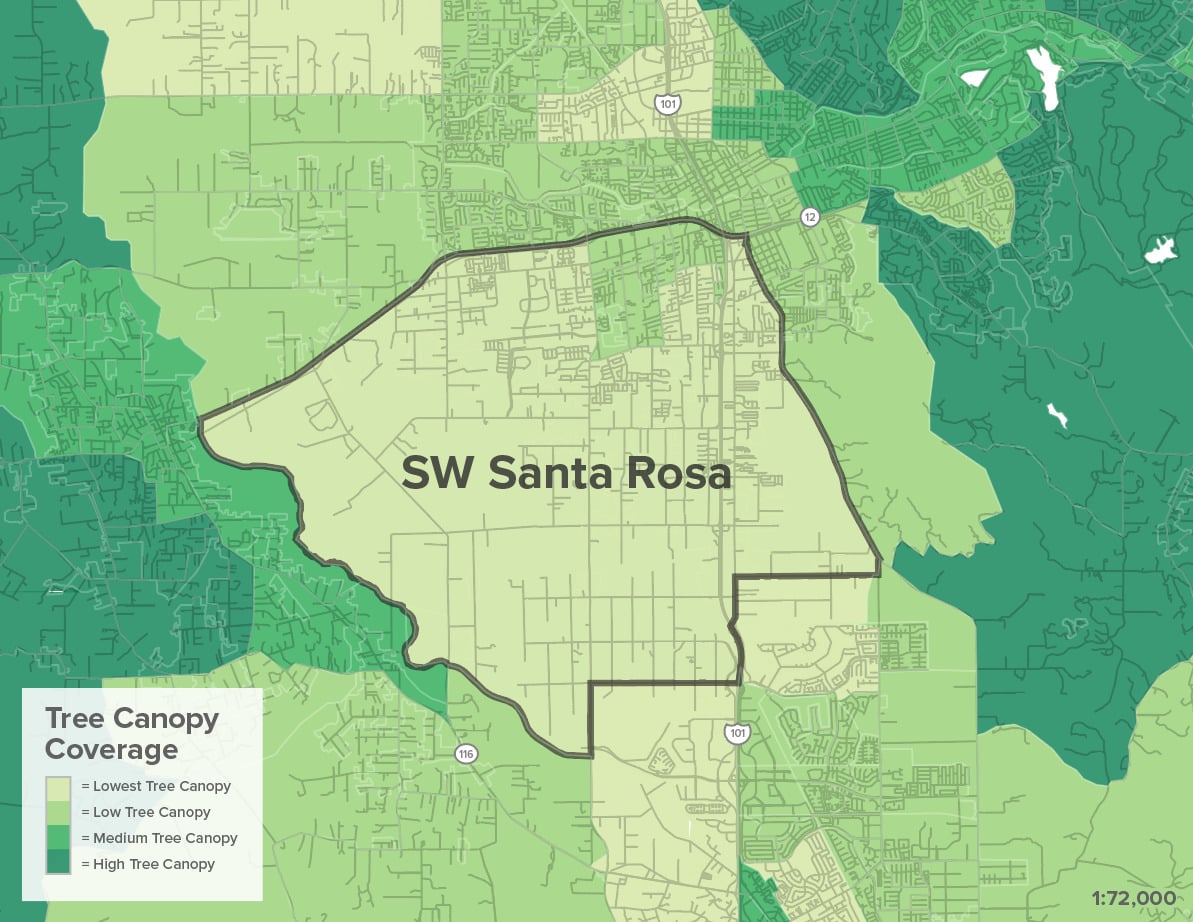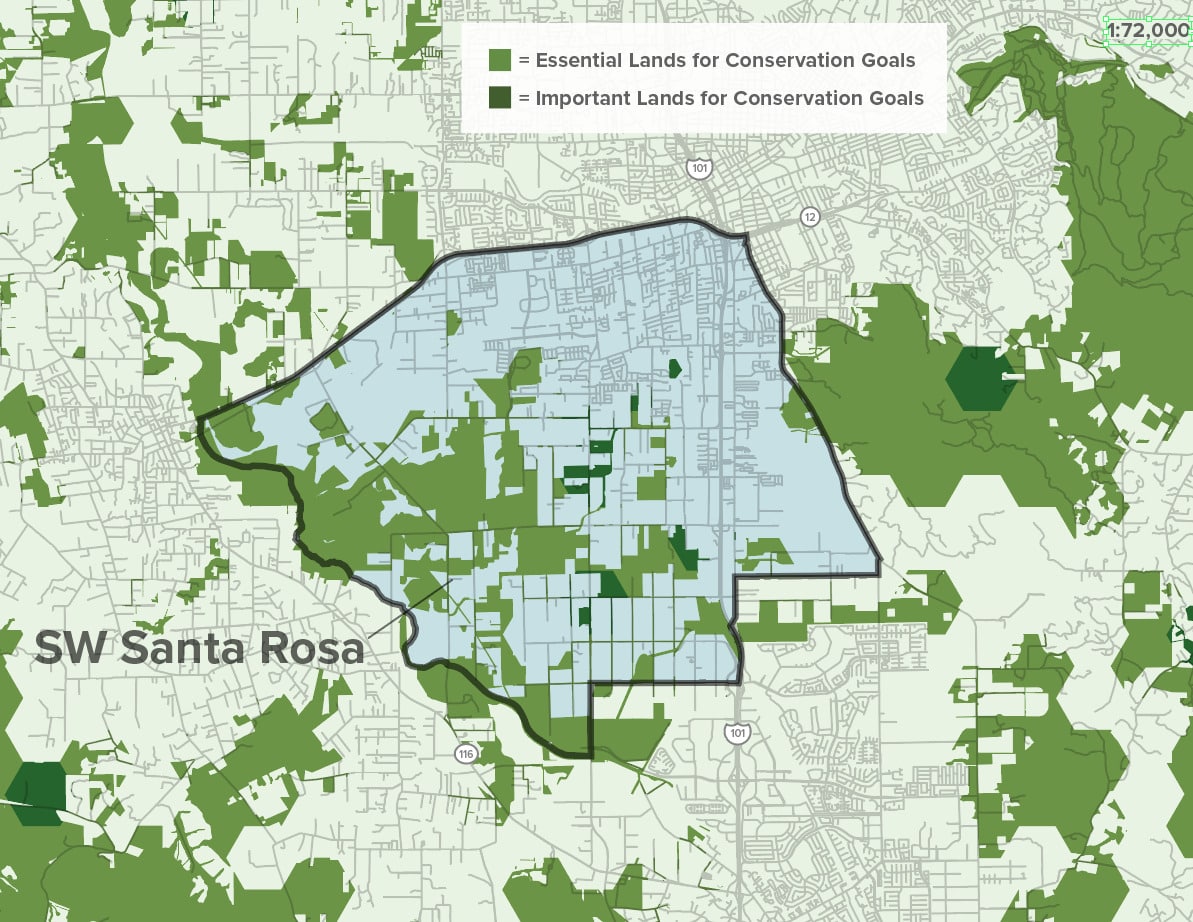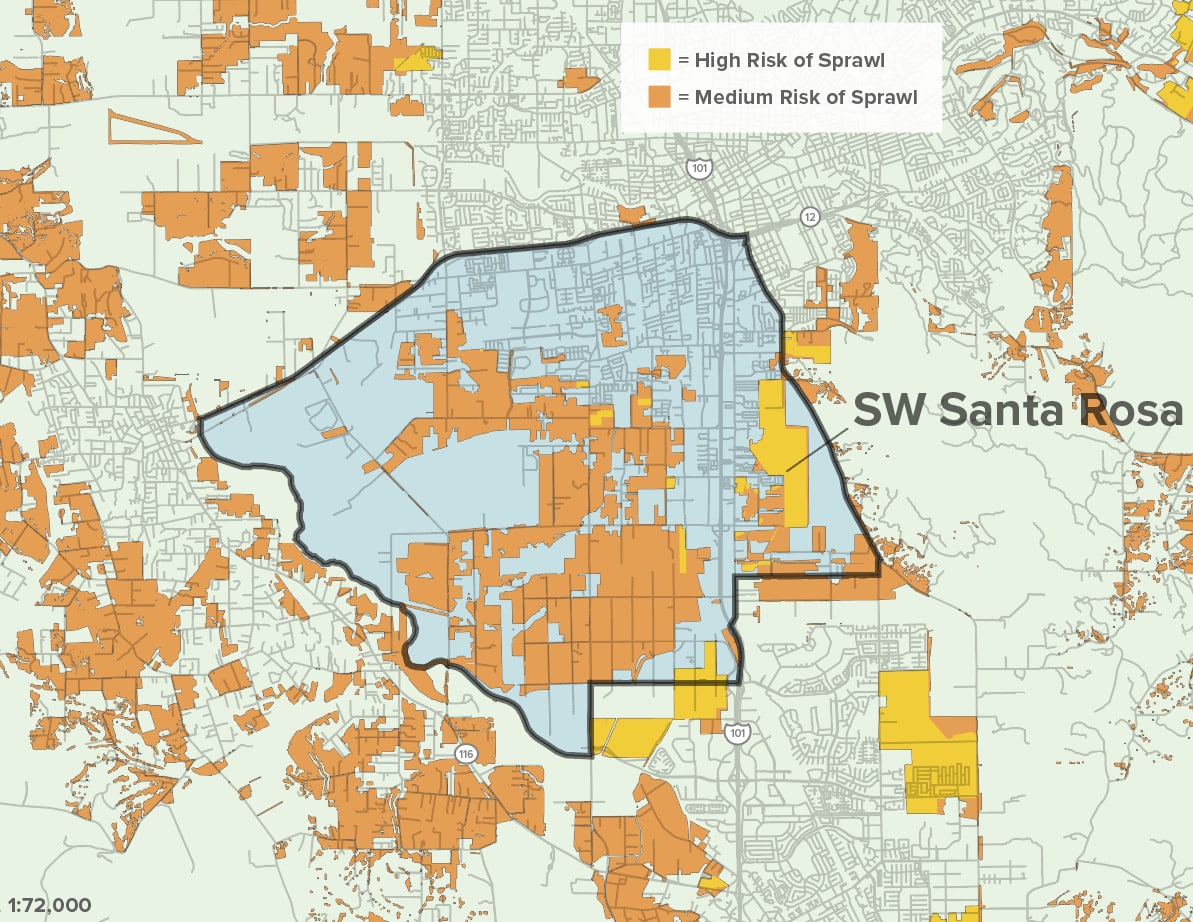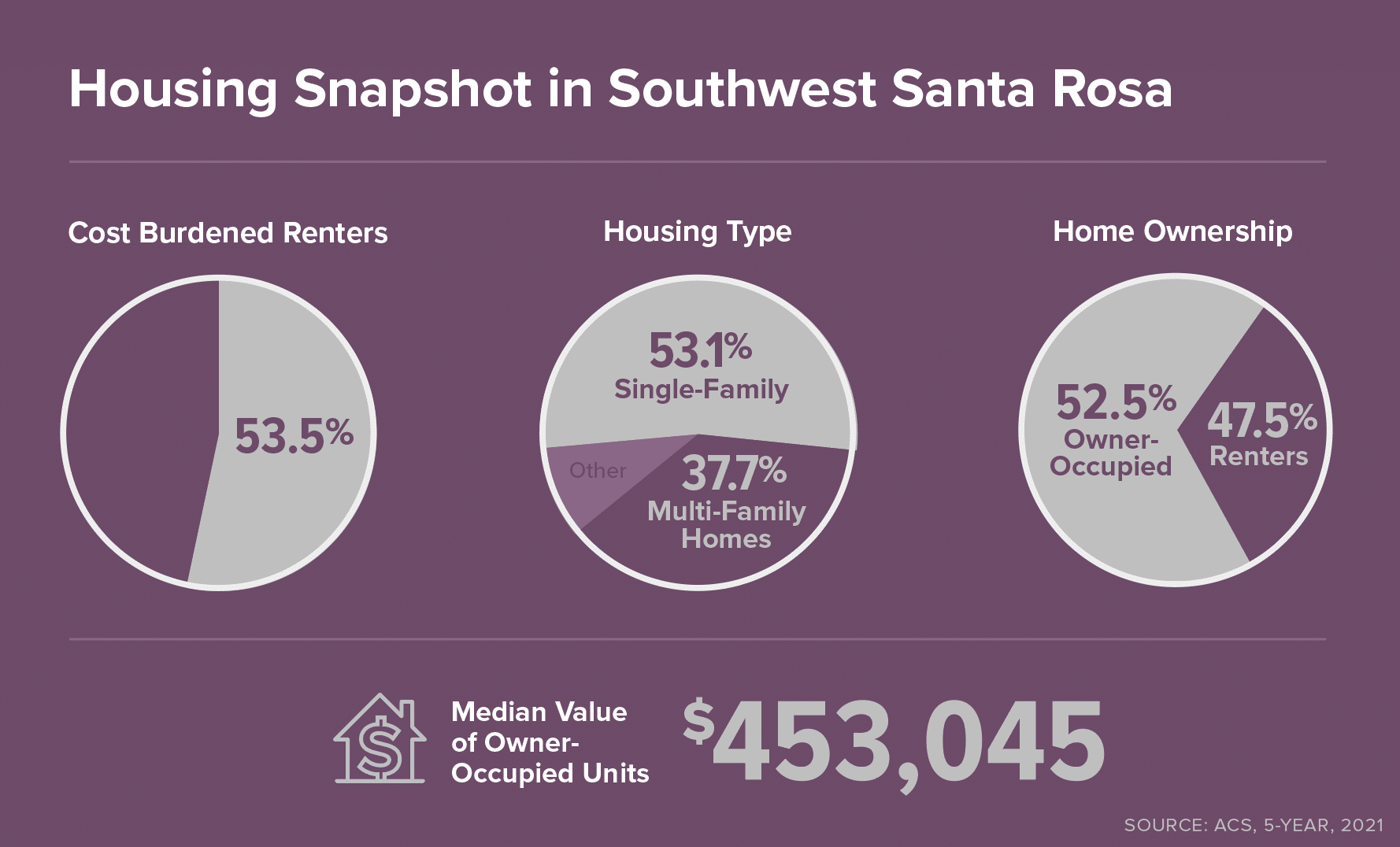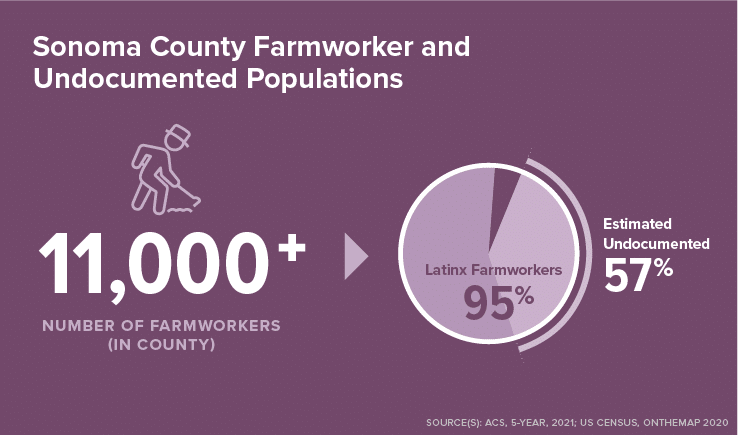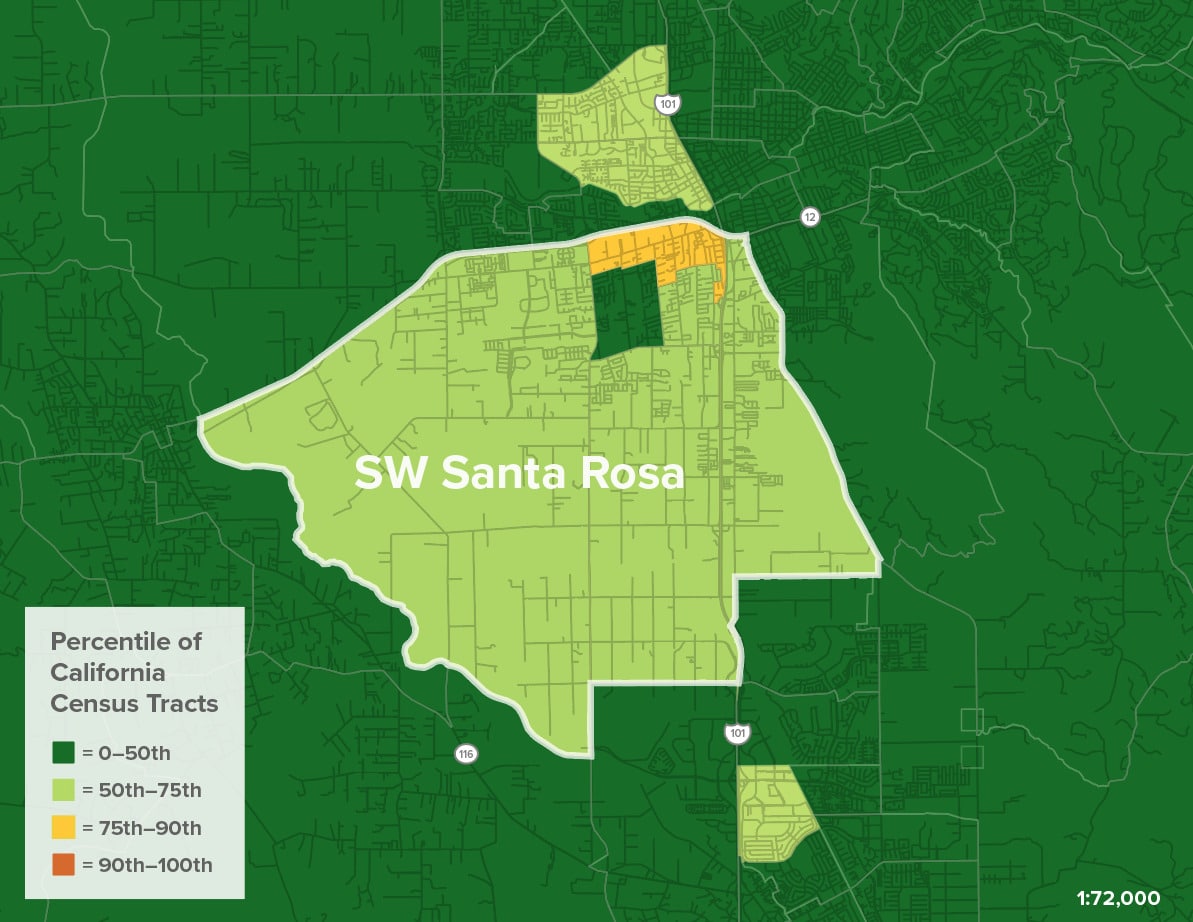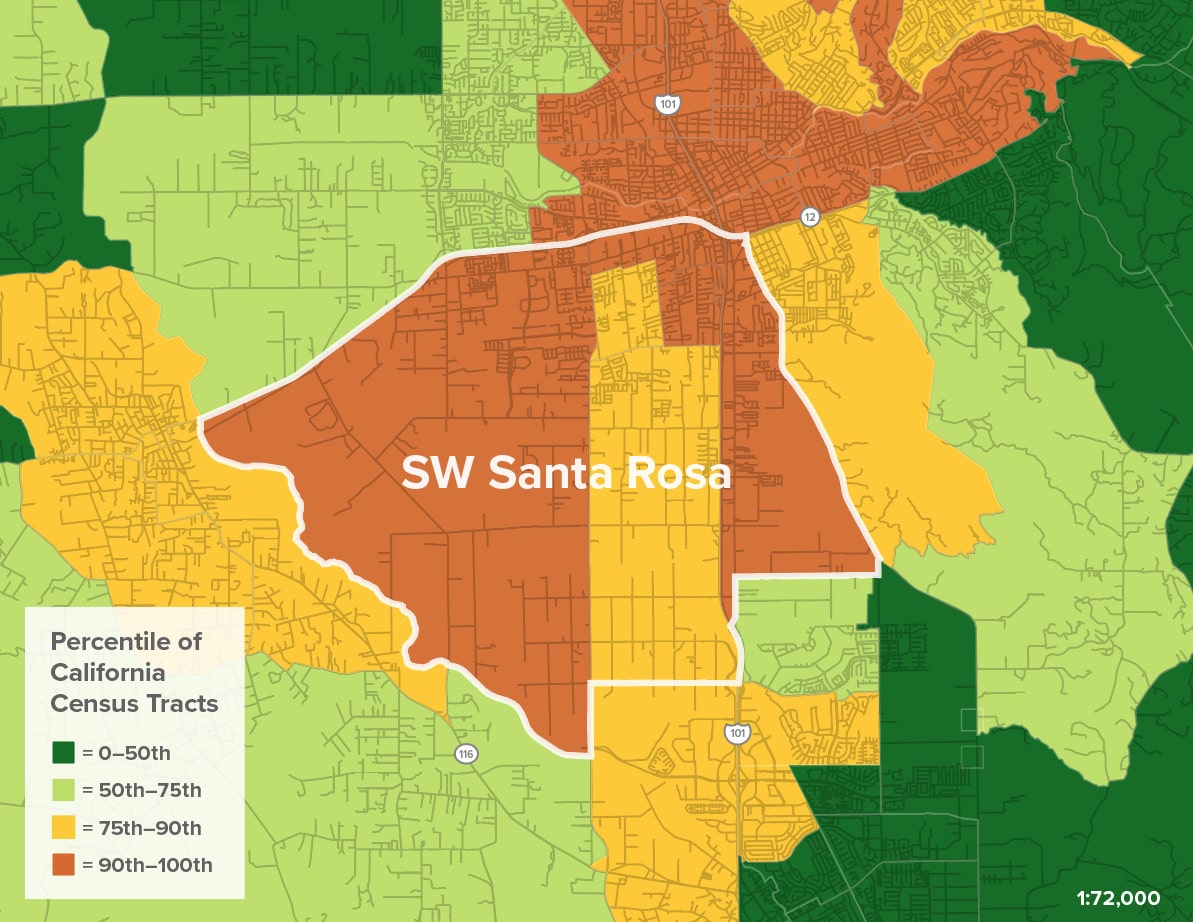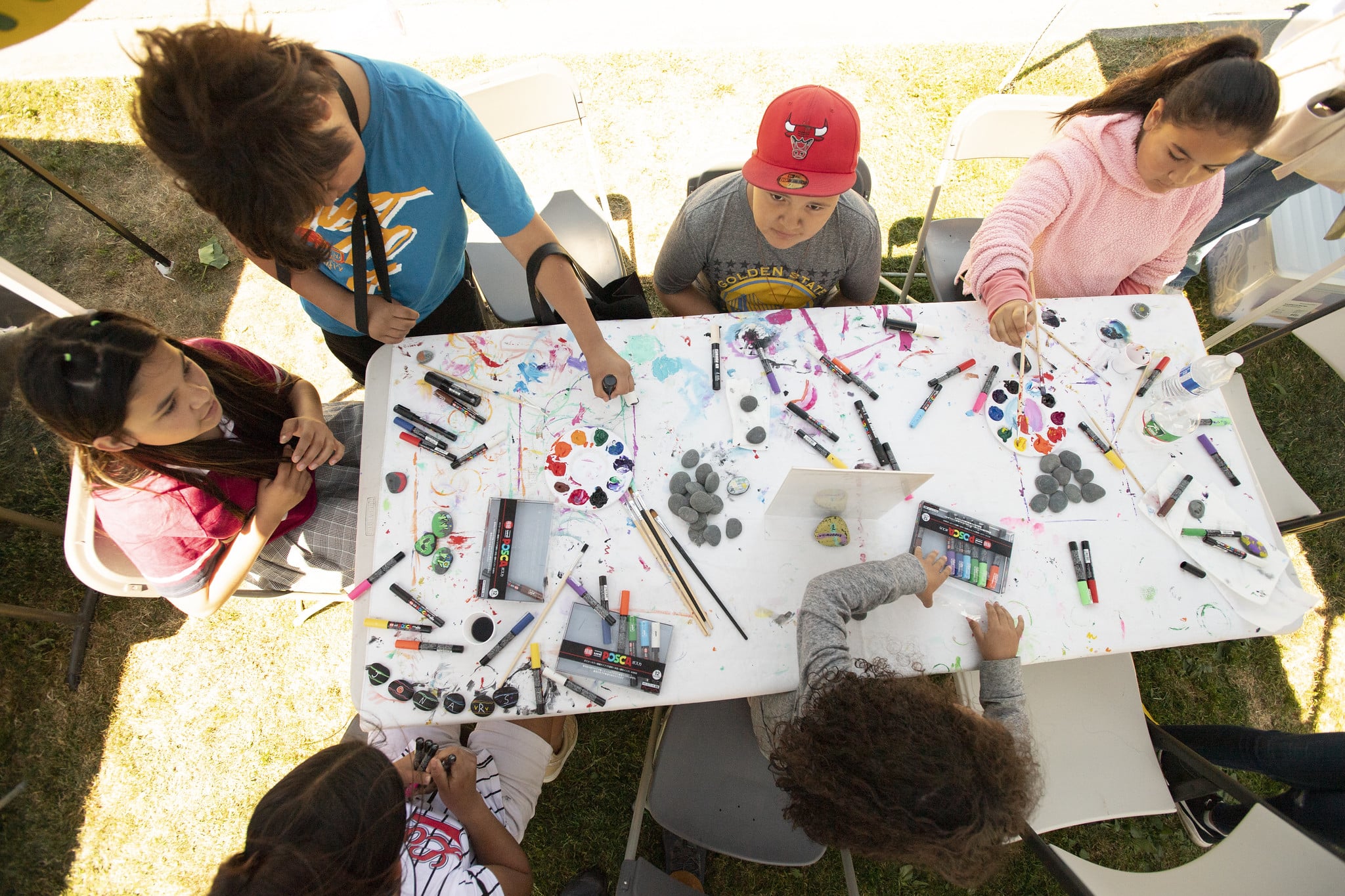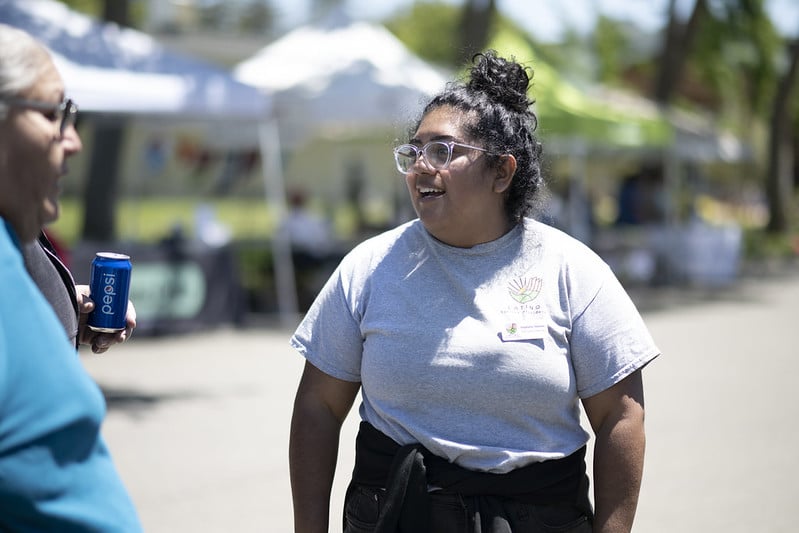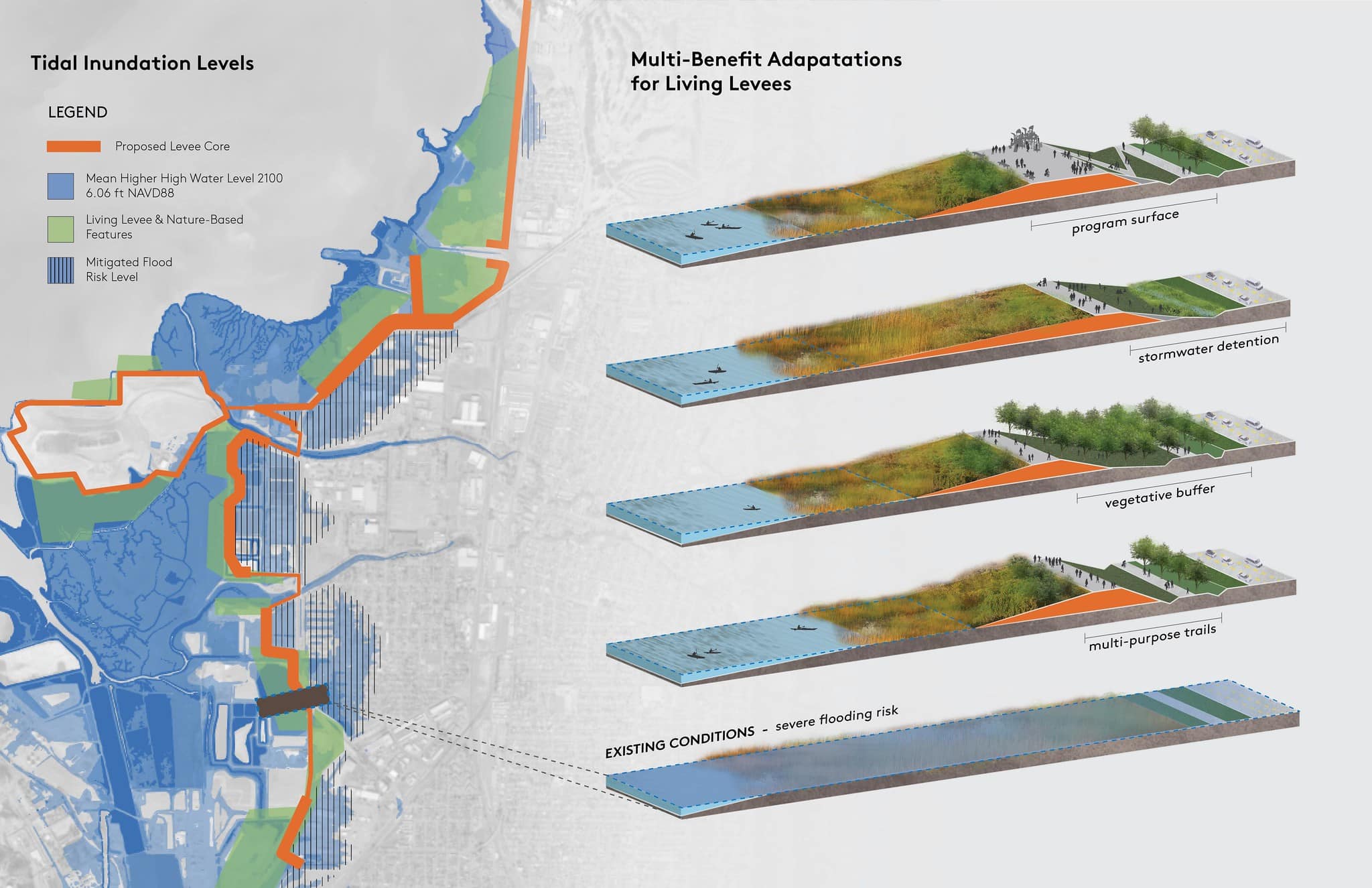Climate Vulnerabilities
Topics
The size and severity of wildfires has increased across Sonoma County in recent years. Wildfire smoke, accompanied by an increase in extreme heat days have detrimentally impacted health outcomes for local residents—particularly for residents who work outside.
Extreme Heat
Southwest Santa Rosa will experience an increase of hot days and warm nights over the next century. In July 2022, the city broke records when a week-long heat wave reached temperatures around 115 degrees F. The region contains large areas of paved surfaces, sparse tree canopy, and fewer homes with air conditioning, making extreme heat days even more dangerous.
(U.S. Climate Resilience Toolkit).
Extreme Heat
At the beginning of the 21st century, Southwest Santa Rosa experienced an average of 5 Extreme Heat days and 5 warm nights per year. Scientists estimate that the same region will experience an average of 14 extreme heat days and 38 warm nights per year by 2050 and 23 extreme heat days and 102 warm nights per year by 2100 (Cal Adapt High Scenario).
In urban environments, the “urban Heat Island” effect—disproportionate warming of an urban area because of buildings, pavement, and human activity—can increase temperatures from 1.8 to 5.4 degrees—a 200% increase.
Places experiencing urban heat islands often experience high indoor and nighttime temperatures that are strongly correlated with adverse health effects.
Even for those who can afford air conditioning, electricity can be out for hours or days during heat waves.
The age and quality of housing stock influence indoor air quality, temperature, and energy efficiency. Homeowners might invest in better insulation or double-paned windows while landlords of rental properties may have little incentive to do so.
Map Citations:
UC Berkeley Urban Heat Island Effect Map. 2010. “2010 Surface Temperature: Regional Quintile”
Public Health Impacts of Heat Events
Southwest Santa Rosa experiences an average of 16 additional emergency room visits for heat-related problems on extreme heat days. Heat events have disproportionate impacts on children, the elderly, outdoor workers, and those with chronic illnesses and health conditions.
Over the period from 2009 to 2018, there were 9,564 ER visits due to extreme heat in Southwest Santa Rosa alone—this averages to nearly 1,000 ER visits per year for heat-related illnesses (UCLA). Heat events are one of the most deadly climate disasters, causing more than 7,800 deaths nationally over a 10-year period (Climate Toolkit).
Populations with higher rates of asthma and pollution are more susceptible to heat-related illnesses. Additionally, factors like language, documentation status, and whether or not an individual has health insurance may inform a person’s decision to seek medical attention when they are experiencing heat stress.
Less than one-third of farmworkers have some form of health insurance (Sonoma County Department of Health Services, Sonoma County Farmworker Health Survey (FHS) 2013 –14). Nationally, farmworkers are 20 times more likely to die from illnesses related to heat stress than U.S. civilian workers overall.
Wildfire
While Southwest Santa Rosa does not experience high wildfire danger, the 2017 Tubbs Fire that broke records for being the most destructive fire in California history is still fresh in the memory of many people who were directly and indirectly impacted.
Fire Risk
Multiple fires (Kincade, 2019; LNU, 2020; Glass, 2020) in the past decade have left their mark on Santa Rosa.
Wildfires have myriad direct and indirect effects on residents, from destroying homes and businesses to driving up rental prices and exposing kids and outdoor workers to harmful smoke impacts.
Because wildfire season coincides with the vineyard harvest, farmworkers are disproportionately exposed to wildfire smoke.
Map Citations:
Greenbelt Alliance. 2022. “Hotspots Fire Map.”


